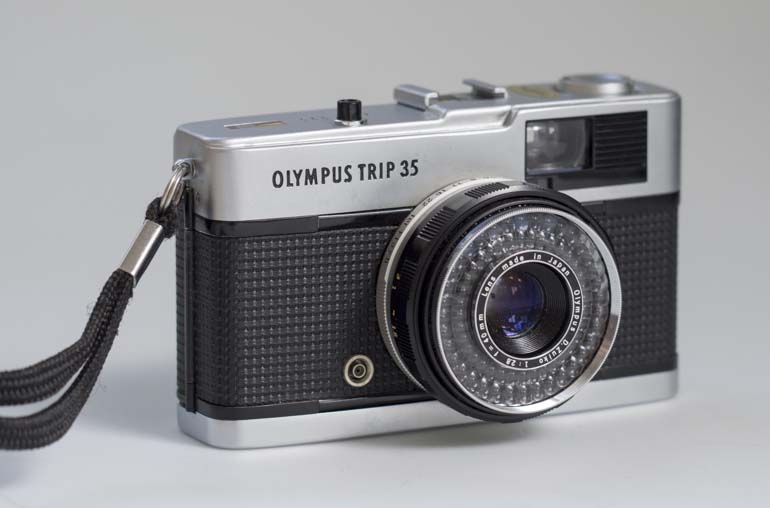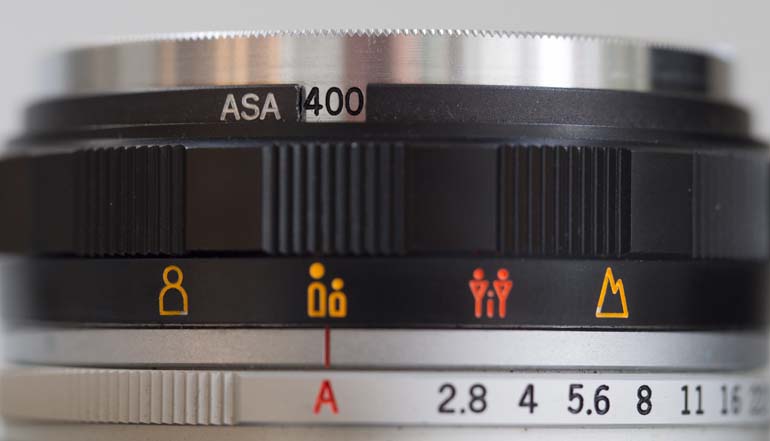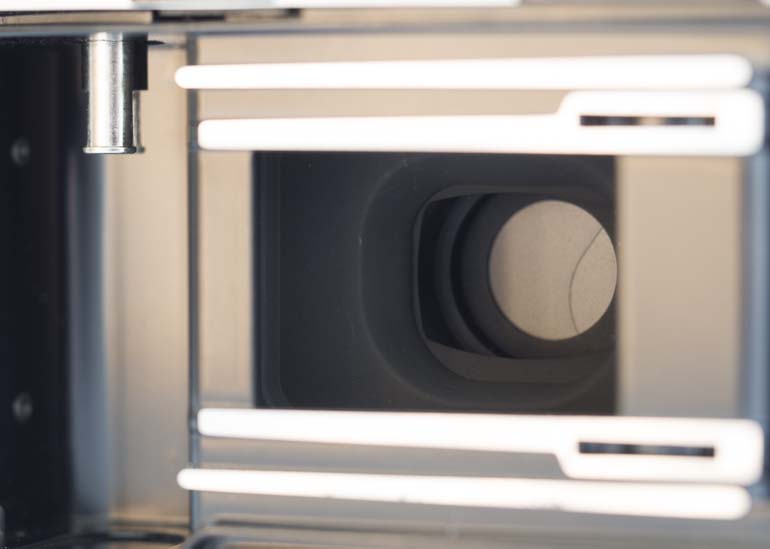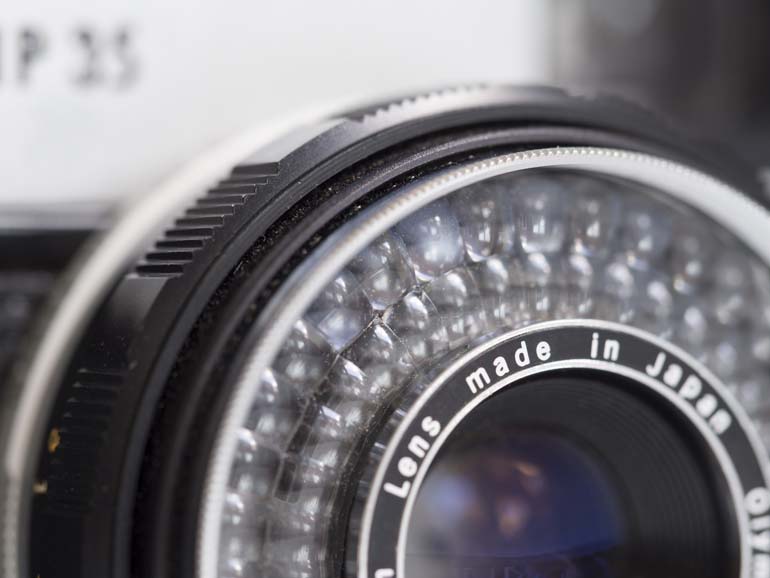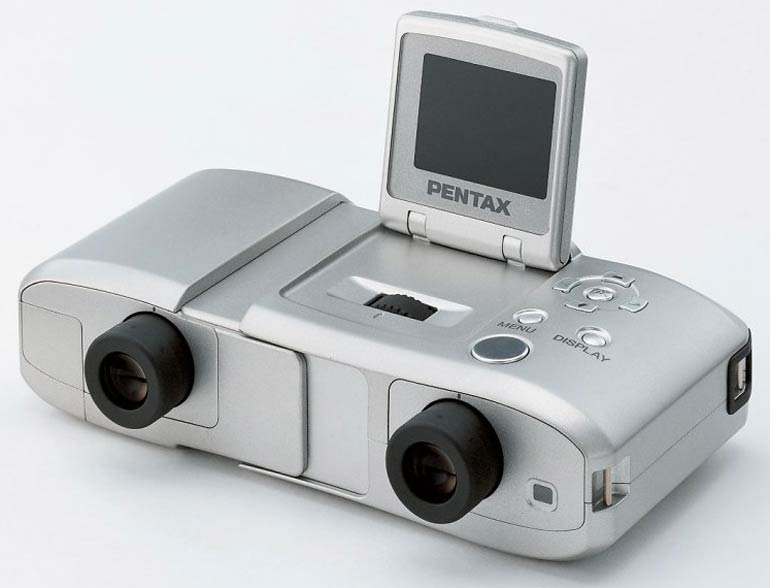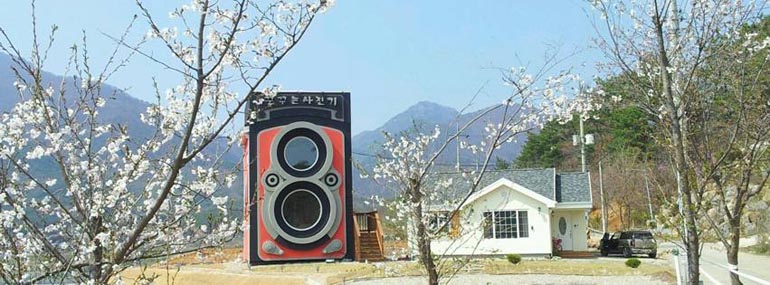Engineer Amos Dudley has merge an age-old craft with cutting-edge technology and created the world’s first fully 3D printed, interchangeable lens camera. He’s sharing the design files on Pinshape so those with 3d printers can also create the camera.
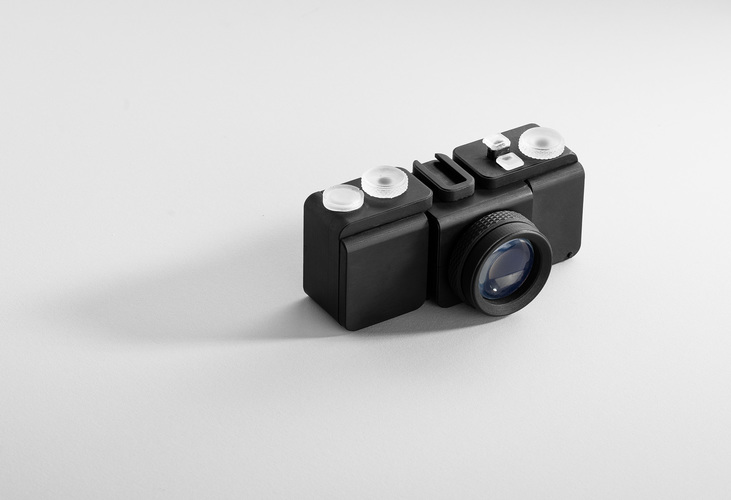
Details of how the camera was made from concept to creation are here SLO 3D printed Camera
The Olympus Trip 35 is a 35mm metal bodied point & shoot compact camera that was produced from 1967 to 1984. In the 70s Olympus created an advertising campaign that featured British fashion photographer David Bailey. While famous in photography and fashion circles, he became a household name thanks to that campaign. People would say “I’m no David Bailey” when being asked about their photography.
The Trip 35 looks like a rangefinder camera but is a much simpler design. Its Zuiko 40mm f/2.8 lens has four elements in three groups and just four zone focusing settings.
The exposure system is fairly basic too. A solar-powered selenium light meter around the lens provides a program auto exposure system when the camera is set to the ‘A’ mode. No batteries are required. It automatically sets 1/40th sec or 1/200th sec shutter speed and an aperture from f/2.8 to f/22. If the light levels are too low the shutter locks and a large red warning marker pops up in the viewfinder. Turn from the A setting and you have a manual option at all aperture ranges.
The camera has a flash PC sync socket along with a hot shoe and syncs with flash at 1/40sec. There’s an ISO range, set on a dial at the front of the lens, from 25 to 400 which at the time covered all the main film options.
It’s a great camera for point and shoot photography, solidly made and considering the price a very respectable performance with a sharp Zuiko lens. There are many available on the second hand market…eBay has dozens for sale at any one time, and you can usually find them at car boot sales and second hand dealers.
There are a few things to check before buying an Olympus Trip 35
The Trip 35 had a common fault with the meter. To test this rotate the film advance winder to cock the shutter, set the camera to A and hold your hand over the lens to block out the light. If the camera is faulty the shutter will fire. If it’s ok the red warning indicator will appear in the viewfinder and the shutter button will not press down.
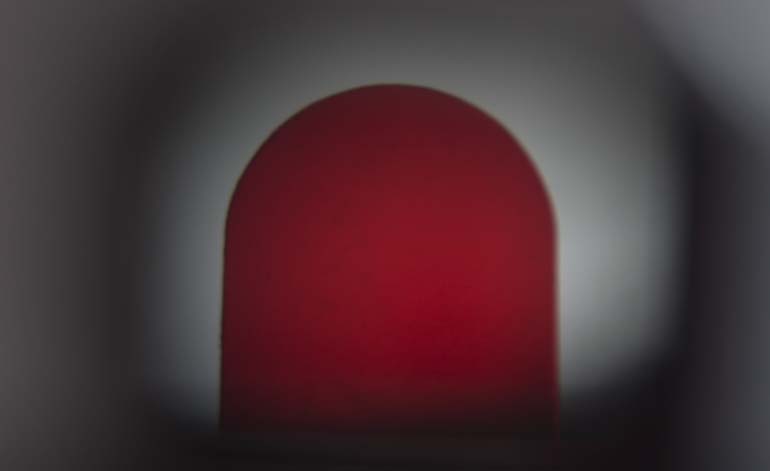
Check the lens hasn’t got fungus in it. Angle it in the light or shine a torch into the lens and look for small patches of veins on the surface of the elements.
Look at the foam light seals inside the camera film chamber. It’s not a major issue if they are crumbling, replacements can be bought, but this will put up the overall cost. 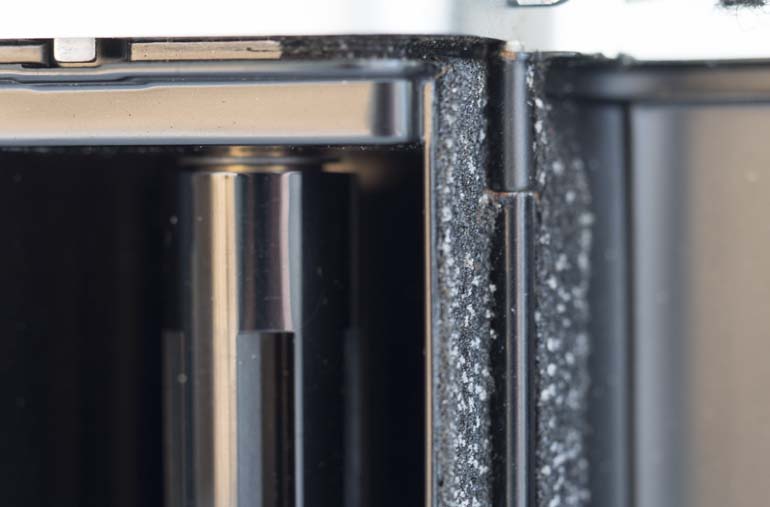
Check that the screw heads aren’t worn as that would indicate the camera has been repaired, by someone who’s less competent. Also make sure the tripod thread isn’t damaged.
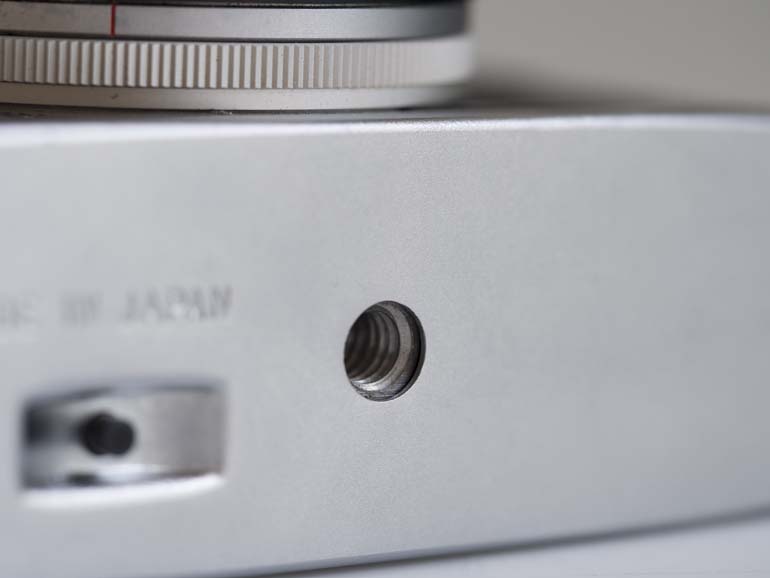
Adjust the manual aperture setting and press the shutter release down. The lens aperture should go progressively smaller as you adjust from f/2.8 to f/22.
Try a flashgun attached via the PC socket and hot shoe to test both these connections.
How much to pay for a Trip 35
You can pay anything from a couple of quid to £60 for one of these Olympus Trip 35 cameras. A typical price for a good condition one is about £30-£40. They used to sell new for a similar price. Some photographers are buying them to refurb with a new skin, replacing the black plastic trim for wood veneer, leather or snake skin. These tend to resell for the higher prices, but look gorgeous.
You can buy the Olympus Trip and other 35mm film compact cameras and SLRs from the PhotographyAttic’s Used and second hand 35mm Cameras for sale page
In this occasional series we’ll take a look at design concepts that have tried to revolutionize the way we take photos. The first in the series looks at digibinos. A hybrid product combining binoculars with a digital camera. Pentax came up with the innovation announcing their DB-100 model in March 2002.
Having a camera combined with binoculars wasn’t a new thing. Tasco produced a 110 film version back in the early 80s. It wasn’t a success, and neither was the Pentax .
What the Pentax had was interesting – a pair of 7x magnification binoculars and a digital camera with a focal length of 280mm (on a 35mm camera). What let it down was the low resolution of the camera at just 0.8Mp and the build quality. For £300 it felt like you were getting a cheap digital camera with a budget pair of binoculars that didn’t have the flexibility of normal compact binoculars. You could adjust the size for different width eyes by push pulling the case, but they didn’t feel as comfortable as ordinary binoculars.
The LCD viewing screen was also smaller than digital cameras at the time.
I was taking photos remotely the other day and used binoculars to view the distant scene. It made me think that having a camera built in would be a good thing…but I’d want the clarity and depth seen through the binoculars to be recorded by the camera. I still believe there’s a future for this kind of hybrid technology, but it has to be smarter than the previous attempt.
Illitt Vintage collects and restores vintage rangefinder cameras, replacing their original leather trims with beautifully crafted wood veneers. Veneers are made from Mansonia, Mahogany, Walnut and Cherry, each one being uniquely patterned to ensure each camera is equally unique.

The cameras look gorgeous and models restored so far include an Argus C3, Canon Demi EE17, Canonet QL17, Fujica V2, Konica Auto S2, Konica SII, Minolta AL, Minolta Hi-Matic 7, Minolta Hi-Matic 9 and Minoltina AL-S.
Once restored the cameras are used by Illitt Vintage and results are displayed in their online gallery. Cameras are made available for sale too along with some stylish camera straps. Ilott Vintage Store
Photographyattic has a few vintage cameras here if you fancy trying your own DIY restoration project 35mm Cameras for sale
Try using other materials such as leather or soft plastic.
You’d be forgiven for thinking this was some kind of April Fool joke but it’s genuine. In South Korea there is a photo enthusiast who’s built a cafe in the shape of a huge Rolleiflex, twin lens reflex camera.
The windows of the two floor building are its lenses, and decorations throughout the cafe are photos and camera displays. It looks like a photographers dream place.
See Dreamy Camera Cafe on Facebook
Blog with photos of Dreamy Camera Cafe
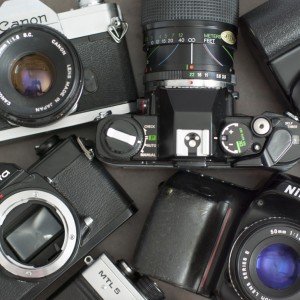
You may have a camera or accessory you want to sell and don’t know how much it’s worth.
If you’ve inherited the equipment and don’t know what you have in front of you, use Google to search. Look for any identifying features on the item. If it’s a camera it will have a make and a model number. These are usually enough to help you track down the item.
When searching Google switch to search by images. This is the quickest way to pinpoint your gear. When you find a photo that looks like your item open and view the web page. look for descriptive words that tie in with what you have. Sometimes there are different versions of the same product. The Vivitar 283 flash, for example, has been made in three different countries. Leica, for example, had many variations of the same camera differentiated by the serial number.
When you find the exact description of your item switch to eBay. Search items for sale using the description you’ve researched. Then click on Show Only > Completed Listings to get an idea what your item has sold for recently.
Now you’re ready to sell see our article of selling tips
UPDATE 05 July 2025:
Latest Products
Blog Categories
- Buying Guides (16)
- Cameras (6)
- Events (5)
- Filters (18)
- Flash (3)
- Lenses (8)
- News (7)
- Observations (5)
- Photography Techniques (8)
- Tips (16)
Latest Articles
‣ Tamron / Vivitar lens numbering system‣ Push on Filters
‣ Trust Pilot Reviews
‣ Using a Canon EOS, Minolta Dynax or Olympus Micro 4/3 on BPM bellows
‣ Cross polarising technique
